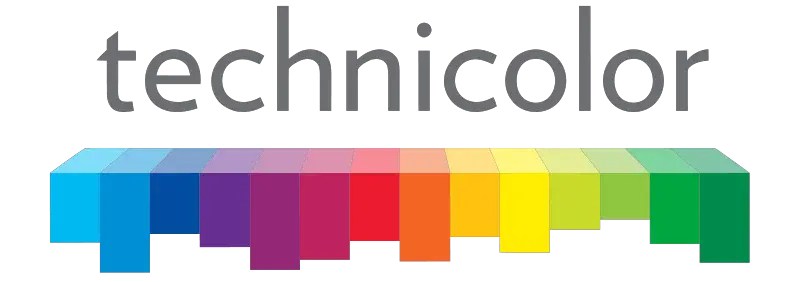For some time now, cameras the likes of the ARRI Alexa and Blackmagic Cinema Camera have offered their customers higher bit-depths and stronger color-sampling than Canon has put out with their popular EOS line. 10-bit 4:2:2 recording in-camera, 12-bit 4:4:4 recording in-camera, enough latitude and color space to take the blank canvas of RAW footage and grade it into a colorful landscape. The great developers at Magic Lantern have developed some fantastic firmware tweaks to allow for RAW video recording on a few Canon cameras, but this article isn’t directed towards that system in particular.
While footage featuring a wide dynamic range is able to be beautifully graded, there are cases where the DP makes the call to perform only minimal tweaking, providing what many refer to as “milky” tones. A prominent case of this is the work of Paul Maibaum, ASC, the director of photography on FX’s hit series Sons of Anarchy. He uses the ARRI Alexa system, and for many of the day exterior shots, maintains the fairly flat yet latitude-filled footage as a signature look of the series.

With this aesthetic becoming more prominent in film and television, Canon and Technicolor launched a joint-venture in 2011: the free CineStyle firmware update. Over the past three years, CineStyle has become a staple in the tool kits of many low-budget and student filmmakers. However, unlike the RAW footage offered by ARRI, Blackmagic, and the Magic Lantern hacks, this “milky” footage has no true latitude. Even with it’s new facade, your abilities in grading stay limited. The reason? While contrast, saturation and sharpness are an adjusted to give you more leeway in post, the codec and colour space remains the same: 4:2:0, H.264 (Canon 5D Mark II and III, 7D, C100). The same goes for Canon’s C-Log offered in the C100 (8bit 4:2:0 AVCHD @ 28Mb/s) and C300’s internal recording (8bit 4:2:2 at 50Mb/s), although 10bit ProRes 422 HQ is possible via HDMI/SDI out through use of an external recorder, such as the Atomos Ninja for example.
Canon’s 4:2:0 footage has 50% less RGB colour encoding than 4:2:2 footage, and 75% less than 4:4:4 (found in the Alexa, AJA Cion, and Magic Lantern hacks). The benefits of maintaining CineStyle or C-Log color profiles are that the footage does not require powerful CFast, SSD, or supercharged SDXC cards for recording. You can shoot longer, and as long as you maintain proper exposure, you can easily output the milky tones that are commonly sought after.
However, don’t let the base similarities in appearance fool you. 8-Bit 4:2:0 h.264 footage designed to look like 12-Bit ProRes 4444 footage doesn’t adopt the latitude of the latter. Your raised blacks will see grain quicker, and your color profiles won’t find any new stops of dynamic range. Putting CineStyle on your 60D is similar to putting Carroll Shelby badges on your stock V-6 Mustang. You can fool in appearance, but not performance.
This is not designed to shun CineStyle or C-Log, as many cinematographers have found success in the application of these profiles. These are not, however, to be confused with systems or hacks that provide actual increases in bit depth or dynamic range. It’s similar to the recording means of the GH4 and A7s. The GH4’s cinema profile is designed for outputting straight to the edit, while the a7s’ S-Log2 is designed to make for a powerful grade. Both are options designed for different uses and different professionals. Judge how much grading your project calls for before making the decision as to whether 4:2:0 is enough for the job or not.
source [NTown Productions]
Disclaimer: As an Amazon Associate partner and participant in B&H and Adorama Affiliate programmes, we earn a small comission from each purchase made through the affiliate links listed above at no additional cost to you.



